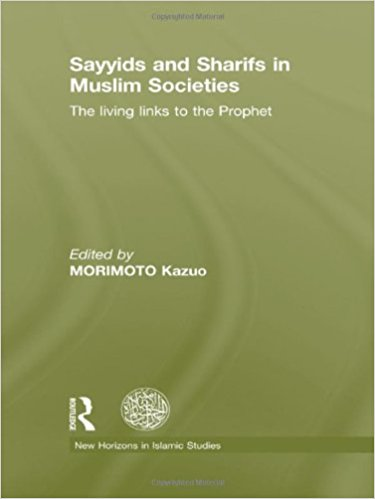by Chandrabhan Prasad
German philosopher George WF Hegel understood Indians fairly well. In his Lectures On The History Of Philosophy, he denounces Indians as “monkey worshippers” who are “incoherent’ in their thought process. Nothing illustrates this better than the way Varna intelligentsia handled Phoolan Devi’s tragic death.
An hour after her murder, Samajwadi Party members began accusing the BJP Chief Minister of Uttar Pradesh, Rajnath Singh, of not protecting the MBCs (Most Backward Castes). It also ensured a high drama over her cremation by airlifting her body to Mirjapur much against her wishes. Phoolan is now known more as a MBC leader than a Bandit Queen! How and why did this transformation come about?
Phoolan Devi was born some 38 years ago, but the world came to know her in February 1981, when she massacred 22 Rajputs (upper castes) in Behmai. She became an instant celebrity among lower OBCs and Dalits.
In the Indian socio-occupational hierarchy, Rajputs are inseparably linked to violence. Traditionally prescribed the job of protecting society from external threats and ensuring order, they later fell to aggressors and oppressed those whom they were supposed to protect. Phoolan-like stories of exploitation do the rounds in most Indian villages, where Rajputs have not even spared Brahmans. What Yadavas, Kurmis, Lodhs, Gujjars or Jats are today, Rajputs have been for ages.
The legitimacy Phoolan earned in Behmai was because of the collective anger of oppressed castes against Rajputs. She was seen righting historical wrongs, only symbolically though. The fact that Behmai didn’t lead to any retaliatory action by Rajputs points to the kind of sympathy she generated in her favour as horror stories of how she was raped and brutalised began coming through the Press.
In the process, she gained many identities barring her real ones. To many, she was a brave woman, who defied the male domain of banditry. To some, she was a Dalit, giving dreadful nights to her social tormentors and to others, she was an OBC challenging upper caste hegemony. All such self-consciously constructed identities suppressed her real one: that she was a Mallah, the bottom rung of the Chaturvarna order. A community of boatmen, modernity has hit their profession hard what with bridges being built over rivers.
Most of Phoolan’s actions had deep political ramifications-VP Singh had to quit UP’s chief ministerial seat, Arjun Singh consolidated his hold over oppressed communities by accepting her surrender and Mulayam Singh used her symbol to broaden his social constituency. Why didn’t then Mala Sen, Phoolan’s biographer, project her as a symbol of Most Backward Classes [MBC] particularly when the MBC Commission was instituted in 1975 in UP. The panel submitted its report in 1977. Since then MBCs have been demanding implementation of the said report. Was it due to poor research or a conscious ploy not to antagonise the powerful upper OBC block considering the fact that MBCs have no clout in India’s political or intellectual circles?
Why didn’t Shekhar Kapur correct Mala Sen’s follies while making the film, considering that there is a separate MBC quota in five states. Or was Mr Kapur ignorant of LR Naik, the only Dalit member in the Mandal Commission who had refused to sign the report on the ground that MBCs could not compete with upper OBCs, and hence their quota should be separated. Why didn’t the media speak the truth while constructing several identities for Phoolan? Is it because of sheer incompetence or for considerations other than professional requirements?
India is passing through a very crucial phase of its history where traditional social organisation is loosening, but not breaking down. Traditionally dominant social categories are being forced to retreat from political power structure and upper Shudras are filling up that space. Dalits are organising themselves, upper castes are already organised, upper Shudras are inches away from capturing power, but MBCs or the artisan Shudras, the single largest socio-occupational category, are grossly unorganised. They are virtually out of the education system and have no spokesperson in media/academic world or Parliament.
Sensing that the hostile social justice/secular/Left block is bound to oppose, Rajnath Singh played the MBC card, promising them a quota. This has made the OBC block jittery, which without sharing Mandal reservation with MBCs, wants their votes. Phoolan could never assert her MBC identity. By jumping into the upper OBC block, she, unconsciously though, accorded immense amount of legitimacy to it. The OBCs have robbed MBC rights and their political space. It is indeed ironical that after her death, she is now being projected as an MBC leader.








